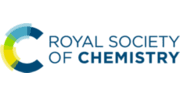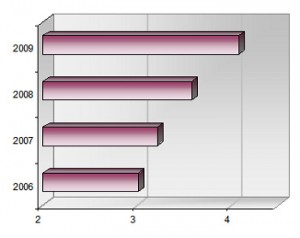Royal Society of Chemistry: Inorganic Biochemistry Discussion Group 2010 Meeting – Metal Homeostasis
10 and 11 September 2010 University of Newcastle, UK
Deadline for registration is 6th August 2010
The annual RSC IBDG meeting will be on the subject of metal homeostasis and feature talks from speakers including Dennis Winge (University of Utah), Claudia Blindauer (University of Warwick) and Tom O’Halloran (Northwestern University).
Dalton Transactions is proud to be supporting the meeting and sponsoring a poster prize.
It is estimated that more than one third of all proteins require a metal ion for structure or function. Interest has grown in understanding how the correct metal is acquired by the correct protein. Given that many essential metals can be toxic if not managed correctly within a cell, mechanisms have evolved to ensure the safe delivery of metals to target proteins. This meeting will focus on the current understanding of the sequestering, sensing, chaperoning and storing of metals in biological systems.











